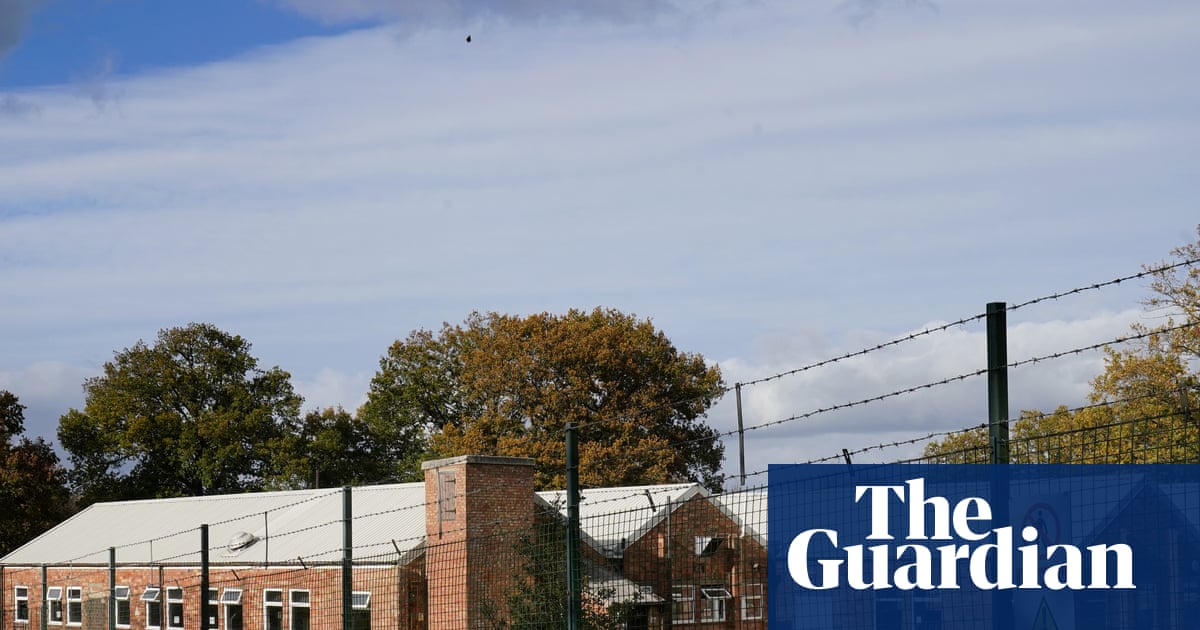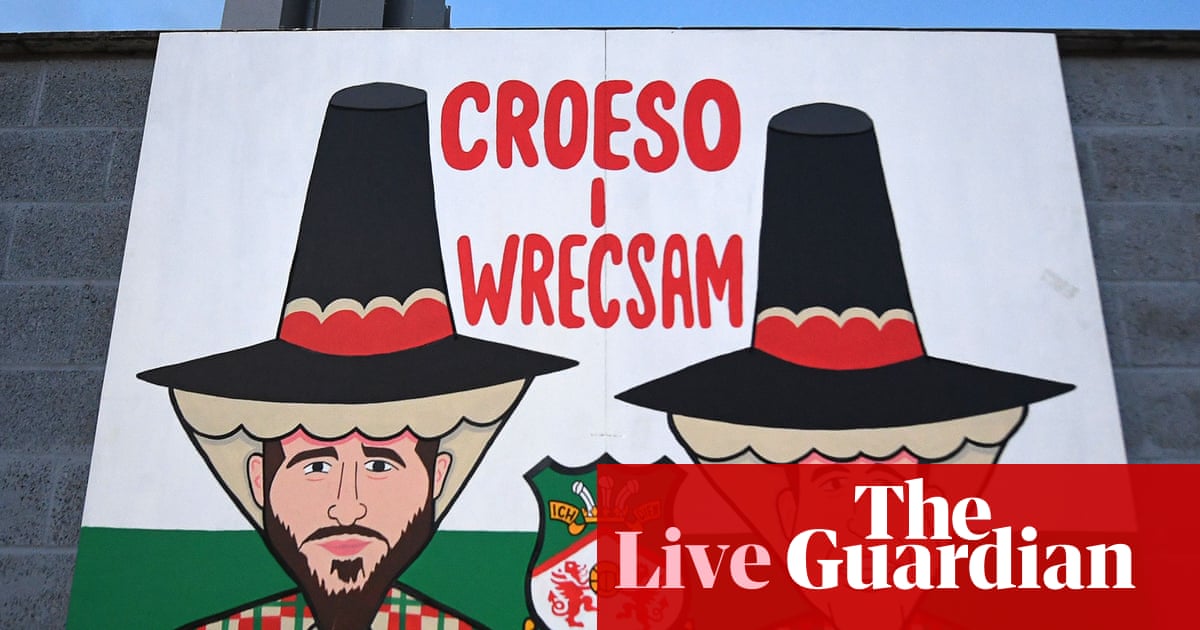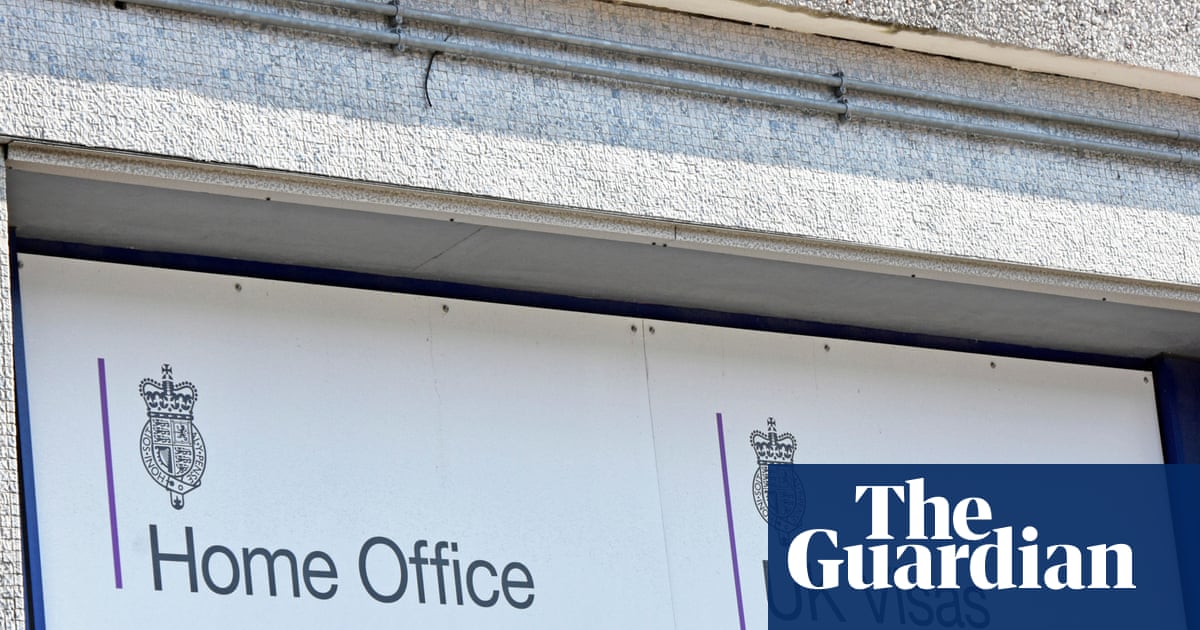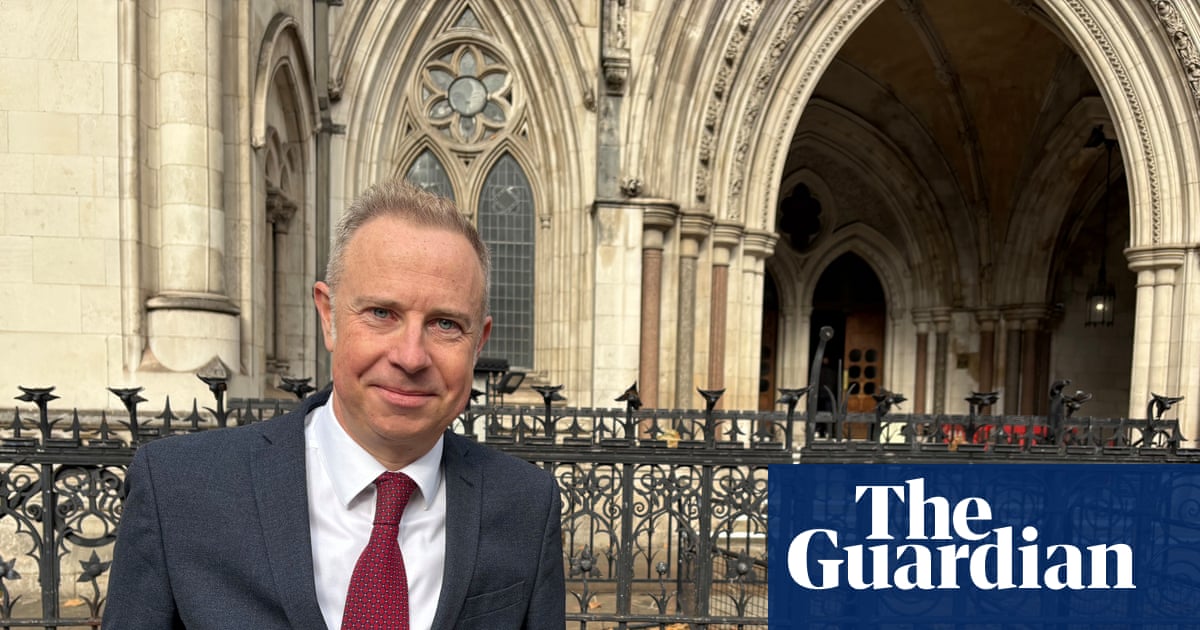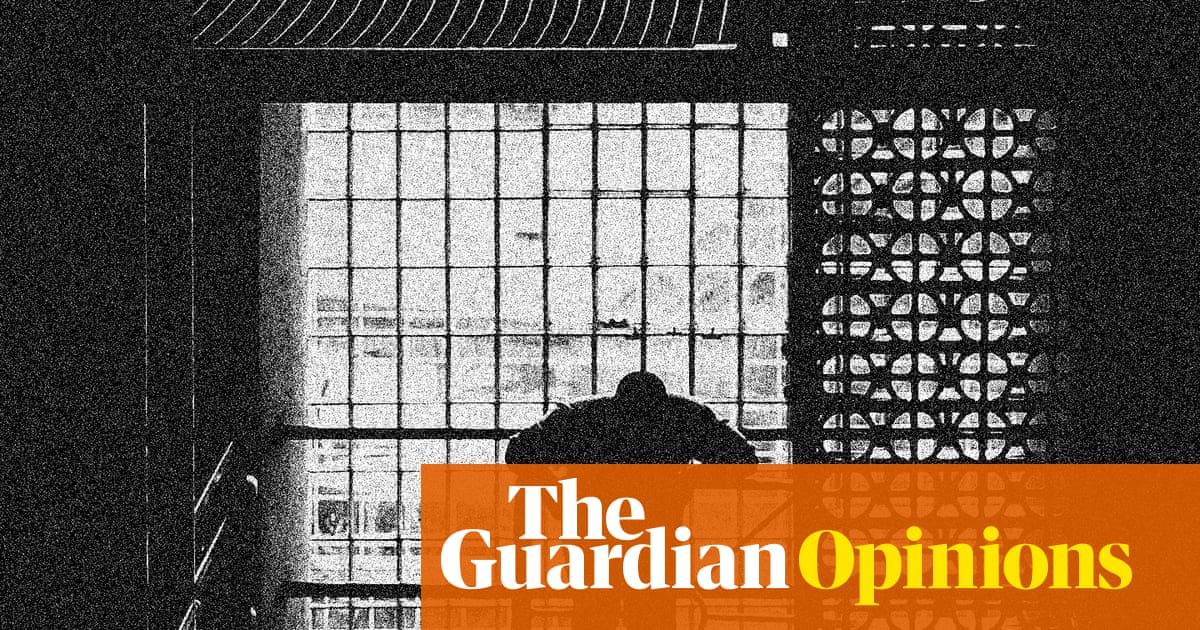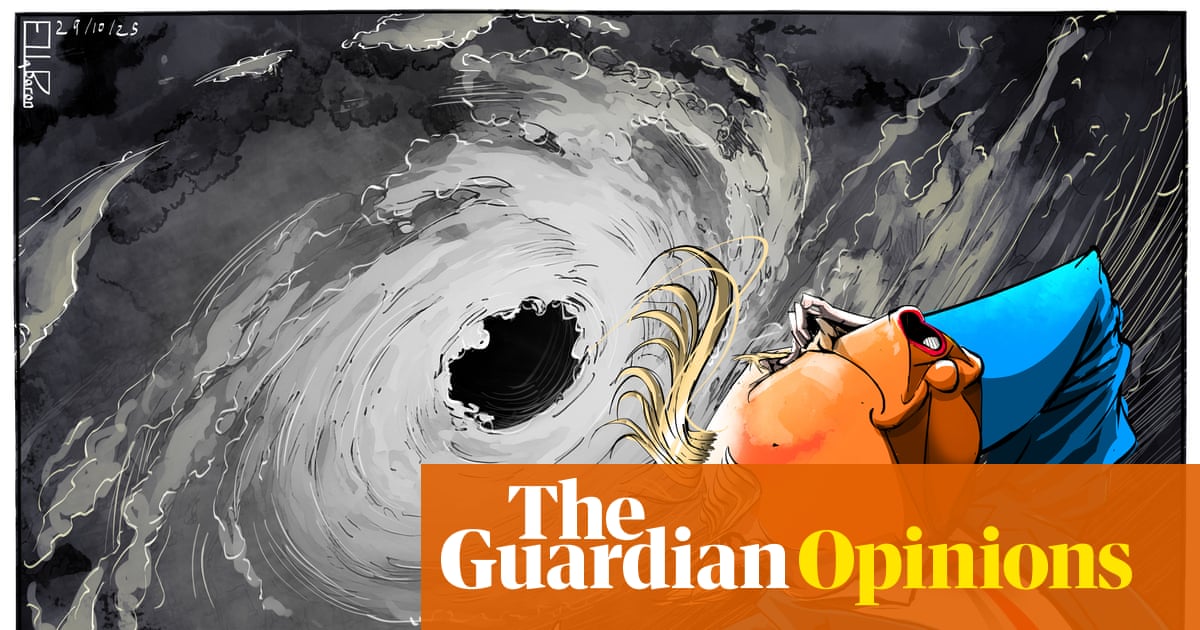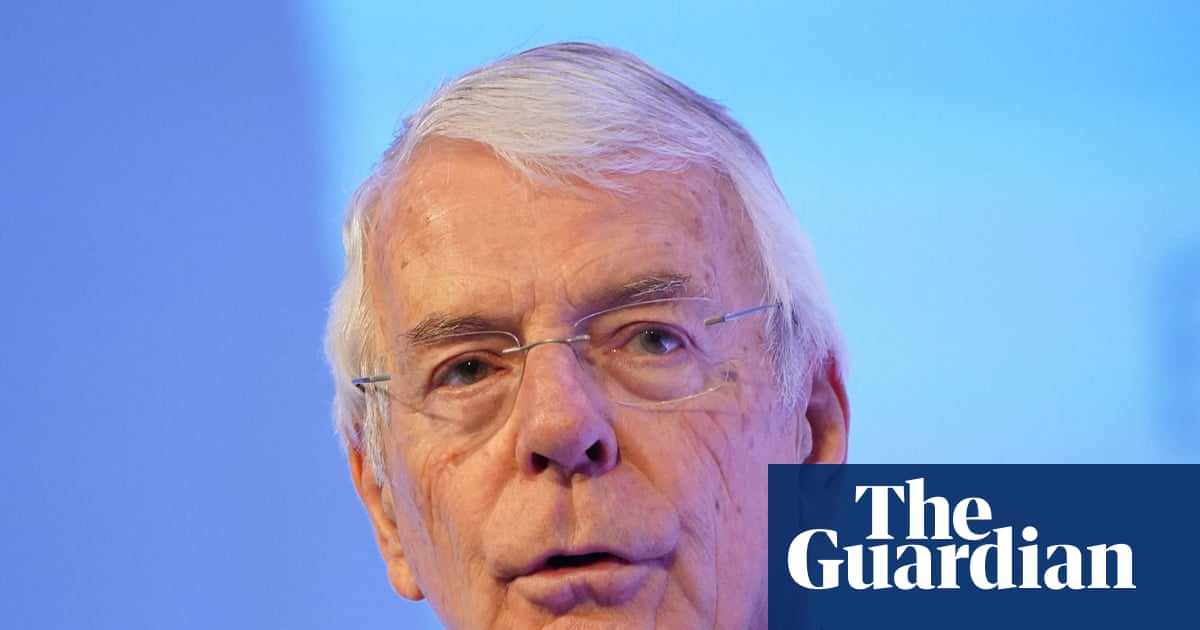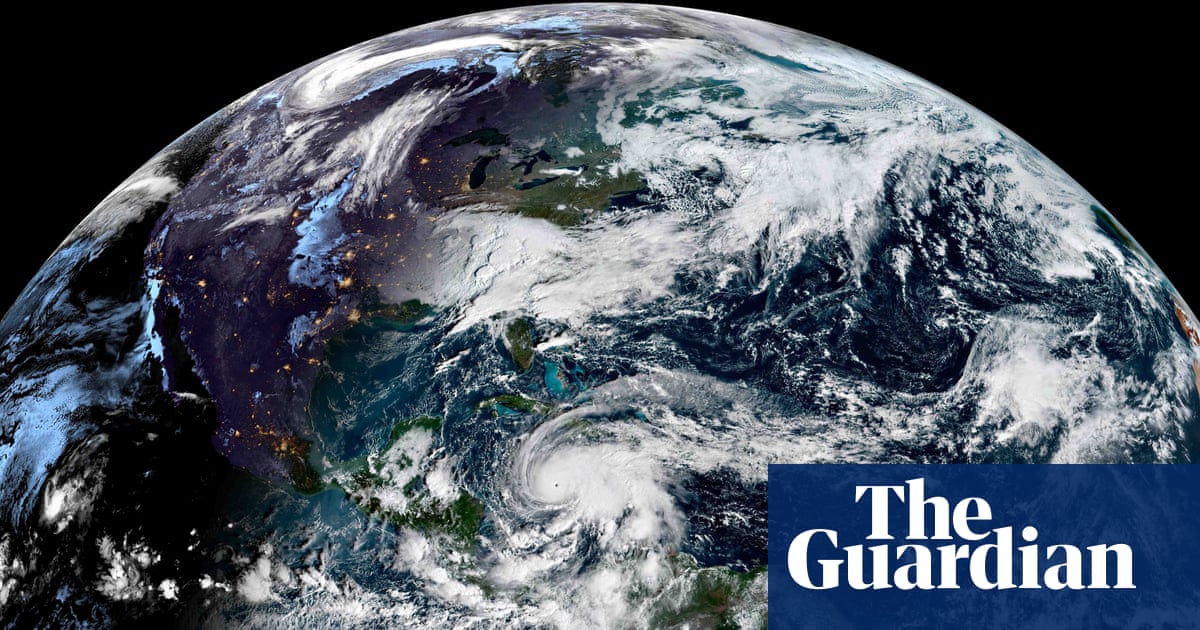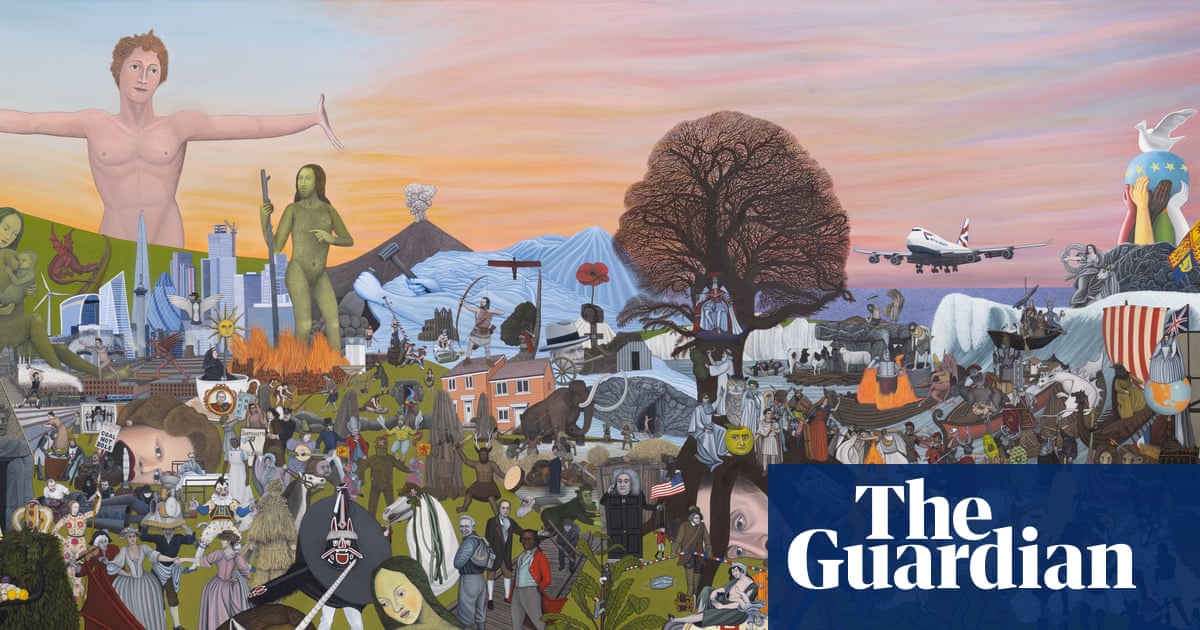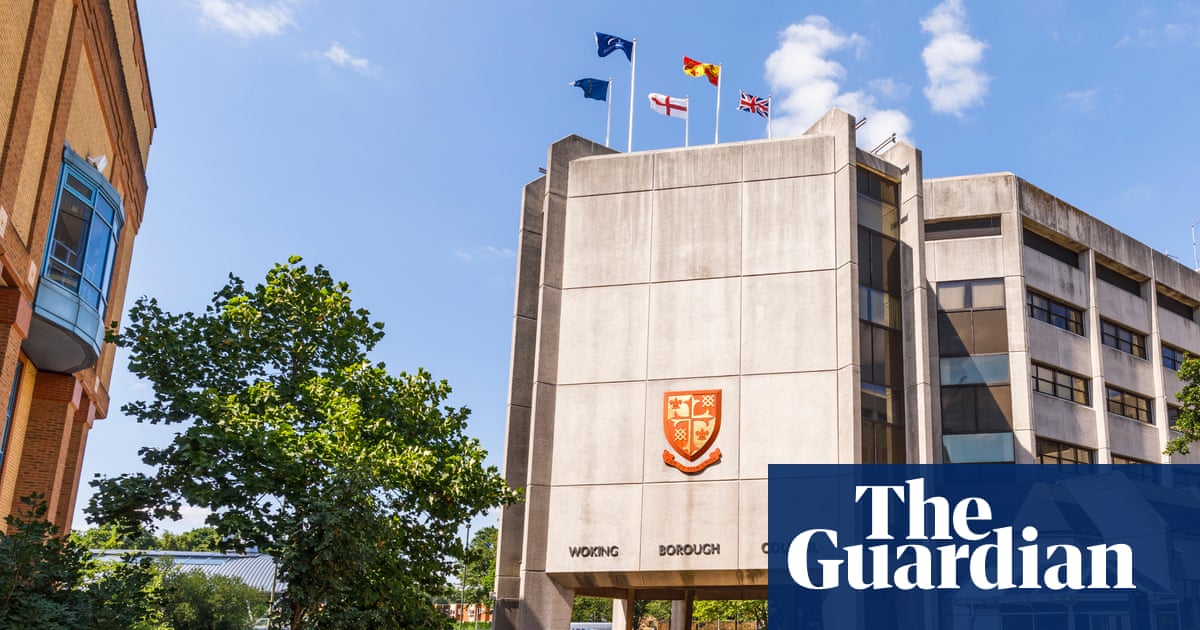Franck Detcheverry, Miquelon’s 41-year-old mayor, trudges up a grassy hill. “The view isn’t too bad, huh?” he jokes. The ocean sparkles 40 metres below the empty mound. The sound of a man playing the bagpipes, as if serenading the sea, floats up from the shoreline. This hill will be the location of his new home and those of all his fellow villagers.
In the distance, about half a mile away, you can see the outline of the 400 or so buildings in the village of Miquelon. It sits only 2 metres above sea level on the archipelago of Saint-Pierre and Miquelon. Situated off the Canadian coast to the south of Newfoundland, it is an “overseas collectivity” of France, and the country’s last foothold in North America.
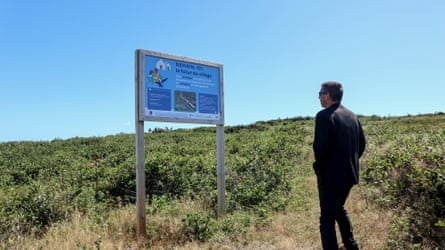
It is the kind of place where people leave their car door open while they grab their groceries from the general store, and everyone nods bonjour as they pass you on the street.
But just over a decade ago something happened that would change the direction of the island’s future for ever. In 2014, François Hollande became the first French head of state to set foot on Miquelon – and he delivered a huge blow to its 600 or so population: Miquelon could soon disappear because of the rise in sea level, he said, which is estimated to reach one metre by the end of the century.
As a result, he put the village under a coastal risk-prevention plan that banned all new construction.
The news came as a shock to the villagers. “For a village this small, it meant that there was no future,” says Xénia Philippenko, a geographer at the Université du Littoral Côte d’Opale, who began her graduate studies on Miquelon’s relocation immediately after Hollande’s announcement.
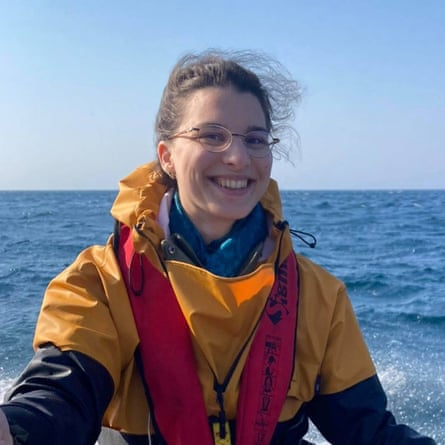
If people could not build any more, they would have to move. And they did not want to move.
But when she came back to the village just a few months later, she noticed a change in the people. The village had been hit by two back-to-back storms that flooded homes and damaged property. It seemed as if people were now beginning to accept that they would have to move, and took to the streets to demand a plan.
But it was not until 2022 that the local government, led by Detcheverry, started thinking in earnest about relocating after the village narrowly missed being hit by Hurricane Fiona, one of the most expensive weather events ever in Canada.
The move, when it is complete, will give Miquelon the unenviable title of the first French village to relocate because of the climate emergency. The French government is investing public finances through an unprecedented use of the Barnier fund, used to financially support French citizens whose houses are threatened by the climate crisis by repurchasing their homes.
“Usually, you have to immediately leave your house once the government buys it,” Detcheverry says. “We negotiated with the government to give our residents three years to build their new homes. And we’re doing it little by little, with about seven to eight houses each year.”
For now, relocation is voluntary, and nearly 50 people have signed up to move. Last month, nine people signed their leases and received construction permits. At the same time, workers started to extend Miquelon’s water and electricity supplies to the new site.
The goal is to keep the two sites connected as people move across the bridge between them. As long as most of the villagers are on the old site, the town hall, school and other public buildings will remain there. The new village will also house a storm shelter
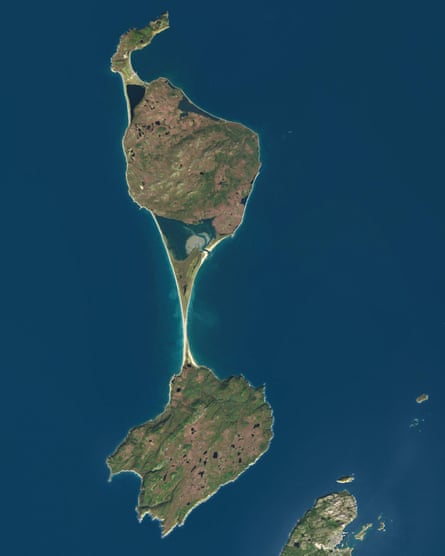
Phillippe Detcheverry, a retired executive at a utility and unrelated to the mayor, is one of the pioneers. Like most people in Miquelon, he built his house himself 40 years ago. But letting it go was easier than he thought it would be, he says. He and his wife have had to deal with the damage from several floods and saw the relocation as an opportunity. He already has plans for his new house ready.
“The constraint of no longer being able to build here – of not being sure that we are sufficiently protected from the sea, with storms that are getting stronger and more frequent – forced us to tell ourselves that our property here is no longer worth much,” he says.
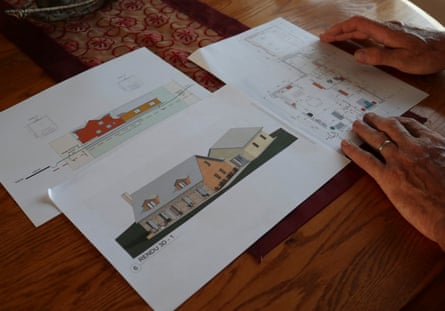
“And what are we going to leave to our children?” Moving, he says, is an investment for his two sons’ future. “Otherwise, we’d just be leaving behind a building.”
The ocean is ever present in Miquelon, seen from almost every vantage point on the island; its movements dictate island life – whether or not a ship can bring in supplies, for example, or if someone can make a doctor’s appointment on Saint-Pierre. Its bounty is what brought people here in the first place.
Many people on Saint-Pierre and Miquelon are the descendants of Acadians, 17th-century French settlers who founded a colony in what became Canada’s Maritime provinces.
The Acadians came to fish for cod in these waters centuries ago, and were chased off as the archipelago bounced between British and French rule in the 18th century. Each time, the Acadians returned – in some ways, moving is in the villagers’ blood.
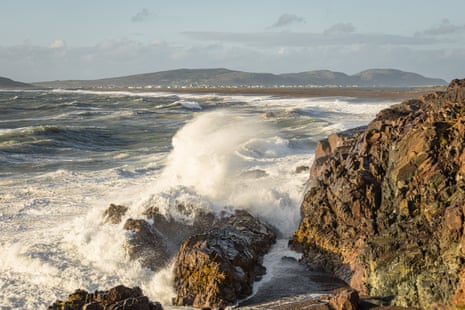
But in the early 1990s, the cod fishery collapsed, and in 1992, Canada imposed a moratorium on fishing for the species. While Saint-Pierre has tried to find ways to diversify its economy through tourism and new construction jobs, it is struggling. And Miquelon’s economy never recovered.
The grief over the loss of the fishery is still palpable. “We always find a way to talk about the loss of fishing,” says Phillippe Detcheverry. “But we need to start working towards something new.”
Those who support the project believe it could do just that, especially as the archipelago deals with an ageing population. There’s no university in Saint-Pierre and Miquelon, so many young people leave for mainland France or Canada to pursue their studies. Most don’t come back.
Nancy Hayes is optimistic. Like others in the village, she wears many hats. She’s on the organising committee of the island’s annual 25km race, is in charge of customs, and volunteers for the local football team when they need help.
“I’m optimistic and positive,” says Hayes, “because otherwise we’d just be watching the water rise.”
She also works at the mayor’s office, where she sees that more and more residents are interested in relocating. Hayes hopes that giving young people the opportunity to build housing will also inspire some Miquelonnais to return home.
Not everyone is on board yet, however. Phillippe Detcheverry says he cannot talk about his move with some of his friends because the conversations get too heated.
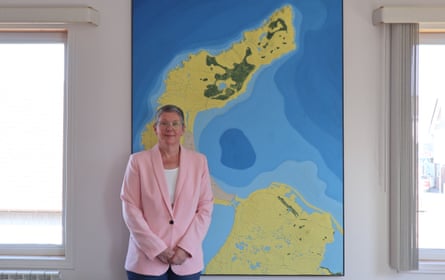
Even though the signs of the climate crisis are obvious on the island – the ocean is slowly eating away at the isthmus that connects the parts of the island – many believe they have more time. Miquelon has not faced any storms on the scale of those that catalysed the project years ago. It is tough to say, but it might take another Hurricane Fiona to change people’s minds, says Hayes.
Being a small town also makes things hard. “We’re all more or less cousins,” says Franck Detcheverry. “We all know each other. That’s why it’s hard to carry out a project like this.”
The president of Saint-Pierre and Miquelon, Bernard Briand, is among the sceptics. Although the territorial council provided the commune of Miquelon with the land they wanted and is supporting the mayor throughout the relocation project, he is not convinced their efforts will succeed.
He believes more should be done to preserve the village as it is. “When you step on Miquelon, you feel its history, its soul,” he says. “How do you recreate a soul?”
That’s one of the questions Laurent Pinon and his colleagues, whose urban architectural agency is working on the relocation project, have also grappled with.
“The project echoes the history of Miquelon,” he says. People can build their own houses, a long-held tradition in the village. Many of the materials used in the new village will also be repurposed from the current one.
“We’re taking everything that exists – the inhabitants, their homes, their geography – and we’re going to organise it differently to create a new village that will allow them to continue living there.”
The immediate priority is getting residents to safety. Figuring out what to do with the local church, cemetery and other historic sites will probably require tough conversations, but relocating people must come first.
While construction is now in full swing, there is still a possibility that people might end up back where they started. There will be local elections in the new year and it’s unclear if another government would continue with the relocation.
“That’s the hope,” the mayor says. “With the [prevention plan] and climate change, Miquelon was dead. It would have disappeared. I want to give my village a future.”

 9 hours ago
8
9 hours ago
8
